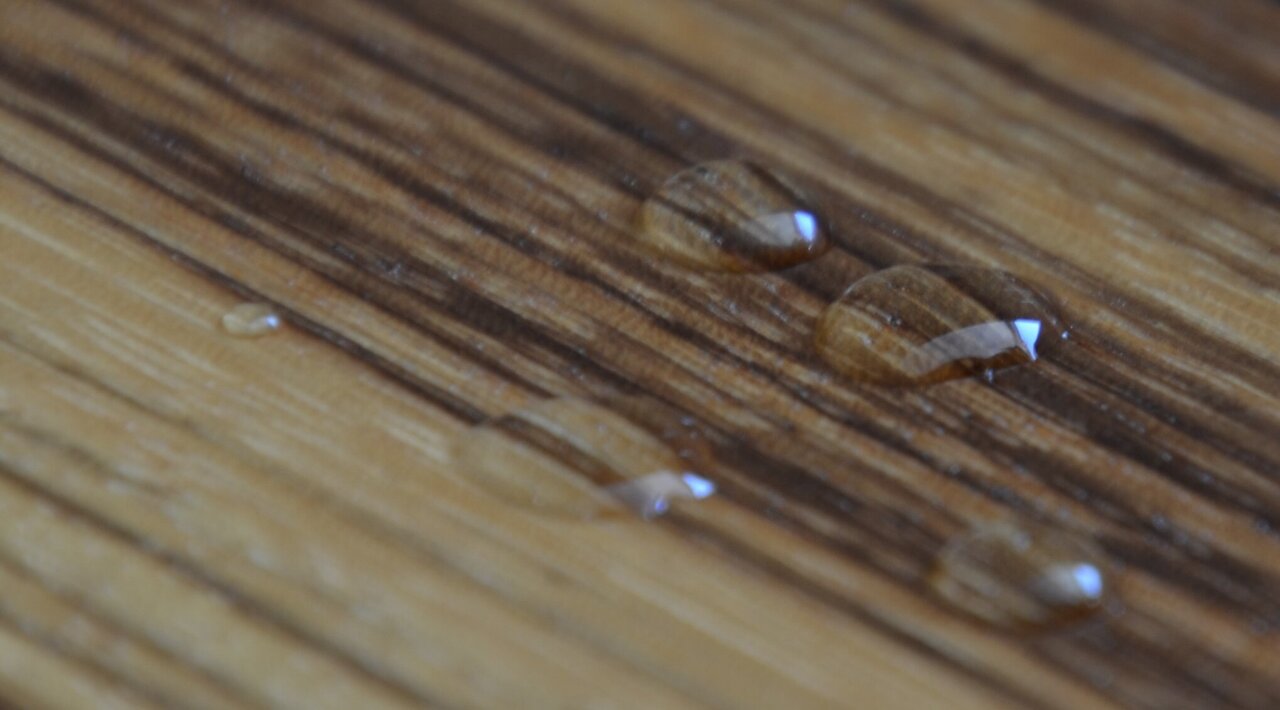Project
Wood-water interactions

Influence of wood moisture on the biological and technical properties of wood
Background and Objective
Wood is a hygroscopic material. It can absorb water vapor from the air (humidity) or release it again and thus adapts its material moisture to the ambient conditions. However, liquid water (e.g. from rain outdoors) can also be absorbed by wood. This change in moisture causes the volume of the wood to change, resulting in swelling and shrinkage. The technical properties are also changed by the wood moisture. For example, the bending strength decreases with increasing wood moisture.
Water can be transported over long distances in wood. This happens on the one hand by diffusion and on the other by capillary transport. This behavior is advantageous if, for example, wood is dried after felling so that it can then be used for construction timber, for example. However, environmental influences can also cause the wood to remoisten, which usually leads to problems (e.g. swelling). The different types of wood behave differently when interacting with water.
Wood becomes susceptible to biological harmful organisms (mold, blue stain, wood-degrading fungi) above a certain material moisture content, so understanding the interaction of water and wood is of great importance for the targeted use of this renewable raw material. The Thünen Institute of Wood Research therefore investigates the wood-water interaction. Through fundamental and applied research, we try to gain knowledge about the fundamental relationships, but also to collect and provide practical information.
Target Group
Science, planners, woodworking industry
Approach
We investigate capillary water absorption. In timber construction, for example, this makes it easier to assess how components humidify and dehumidify when exposed to weathering or water damage. A measuring system specially developed for this purpose is used and wood test specimens are exposed to liquid water separately according to their main anatomical directions. The experiments include different types of wood (hardwoods and softwoods) and different wetting periods.
To determine the equilibrium moisture content of wood species, sorption experiments are carried out using a special balance. Here, wood samples are exposed to different relative humidities and repeatedly weighed to determine their water content.
To determine the technical characteristics at different material moisture levels, test specimens are specifically pre-climatized (temperature and relative humidity) and relevant characteristic values are determined (modulus of elasticity, strength, critical wood moisture levels for fungal growth and degradation of wood, etc.).
The humidification and dehumidification behavior of different types of wood is quantified and used to predict the moisture behavior during outdoor exposure and the resulting service life.
Our Research Questions
- How long does it take for liquid water to humidify and dehumidify wood? What does this mean for the use of wood under weathering?
- How do the technical characteristics of wood change with different material moisture contents?
- How does the interaction between wood and water basically work?
- What moisture conditions enable biodegradation of the wood? What moisture conditions must not be exceeded in order to prevent rot and/or mold growth?
Thünen-Contact

Involved Thünen-Partners
Duration
Permanent task 1.2023
More Information
Project status:
ongoing











